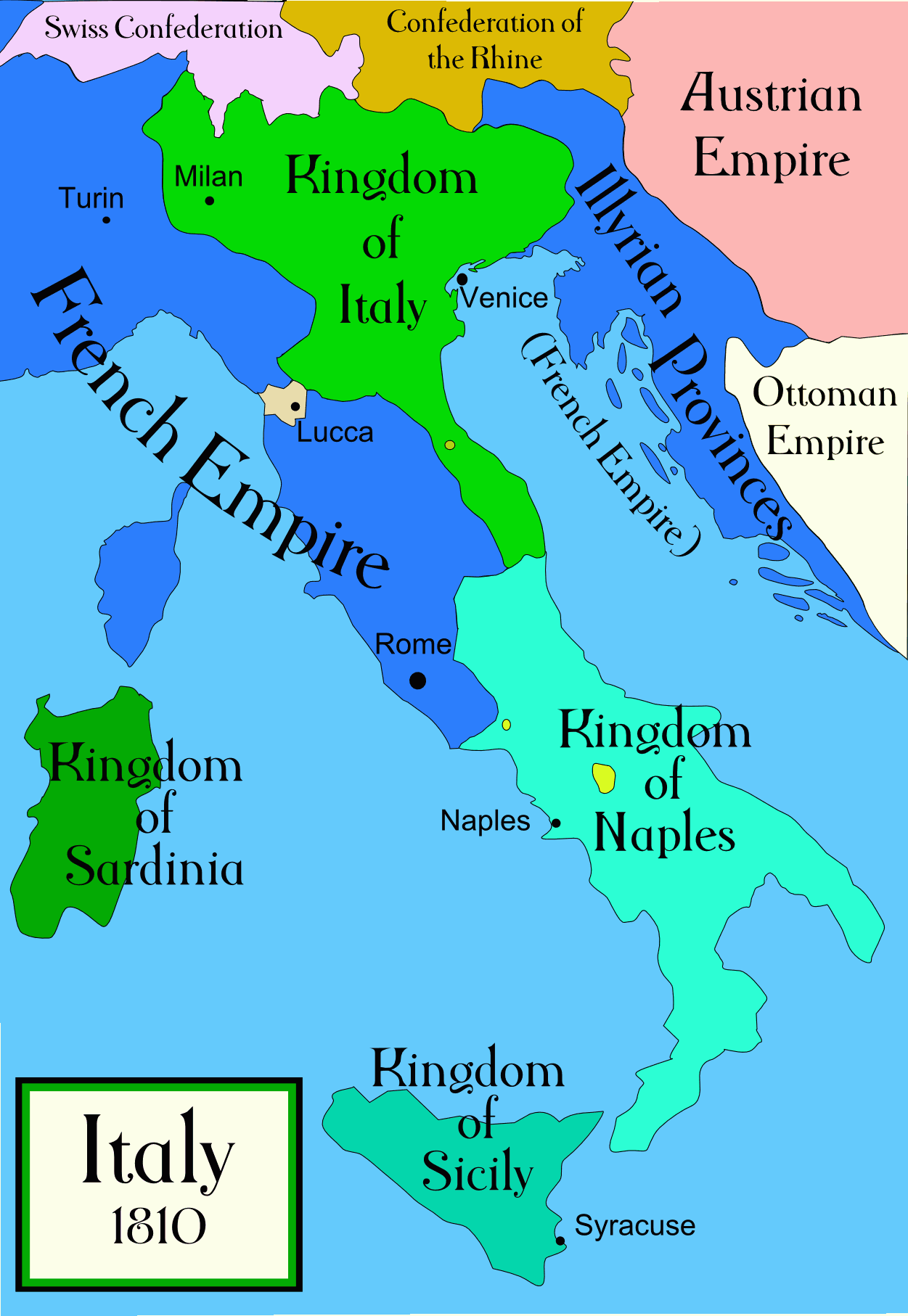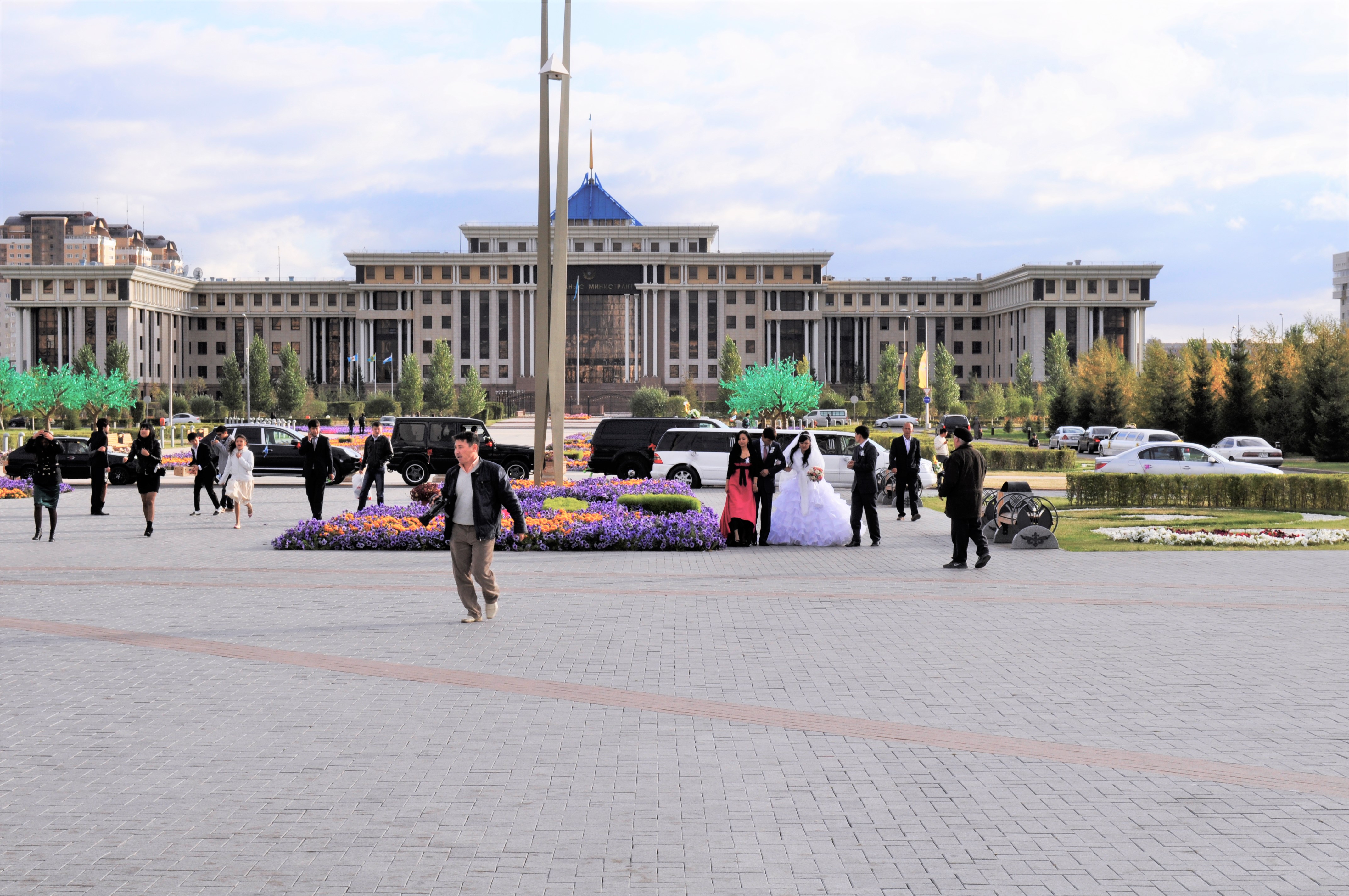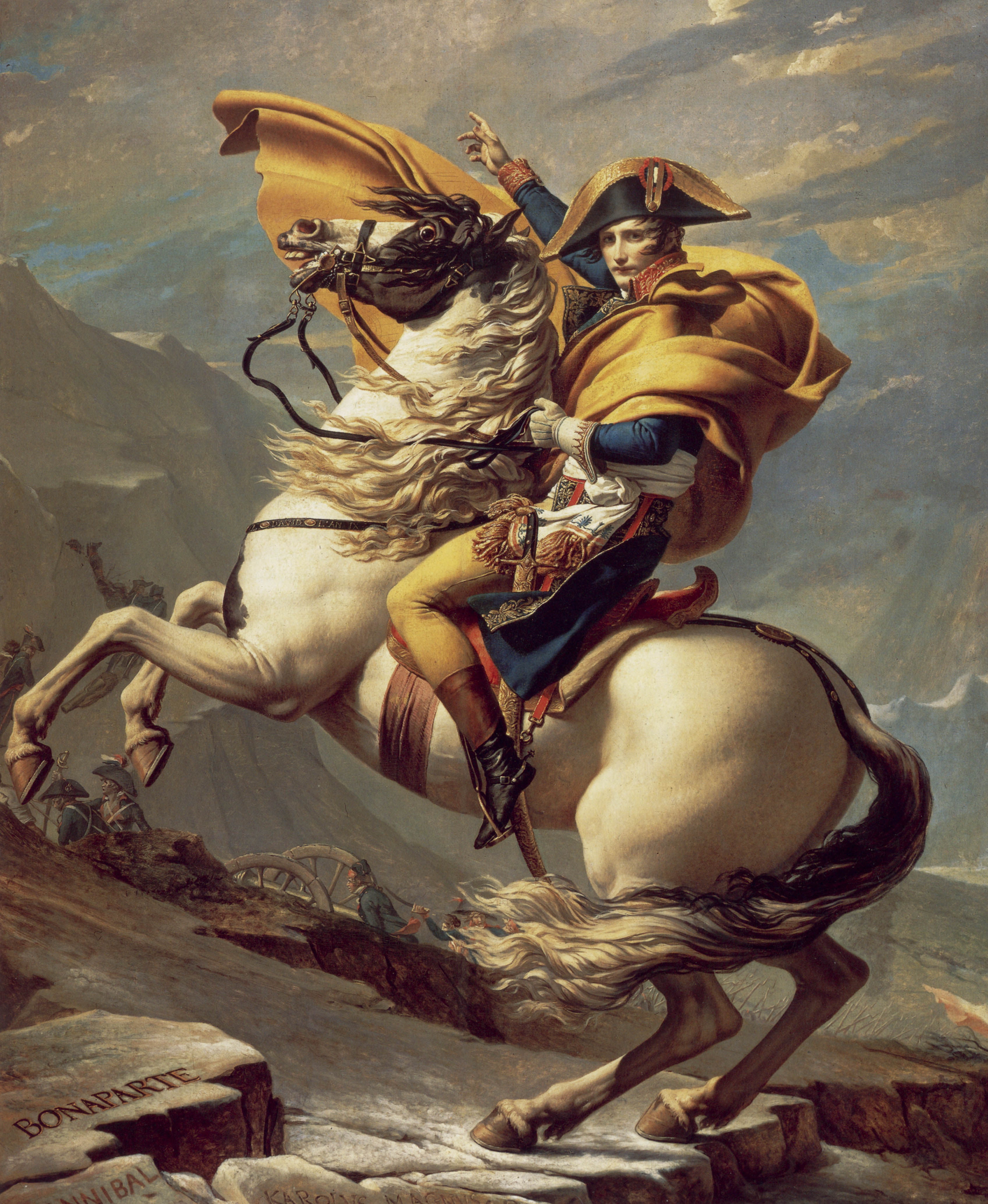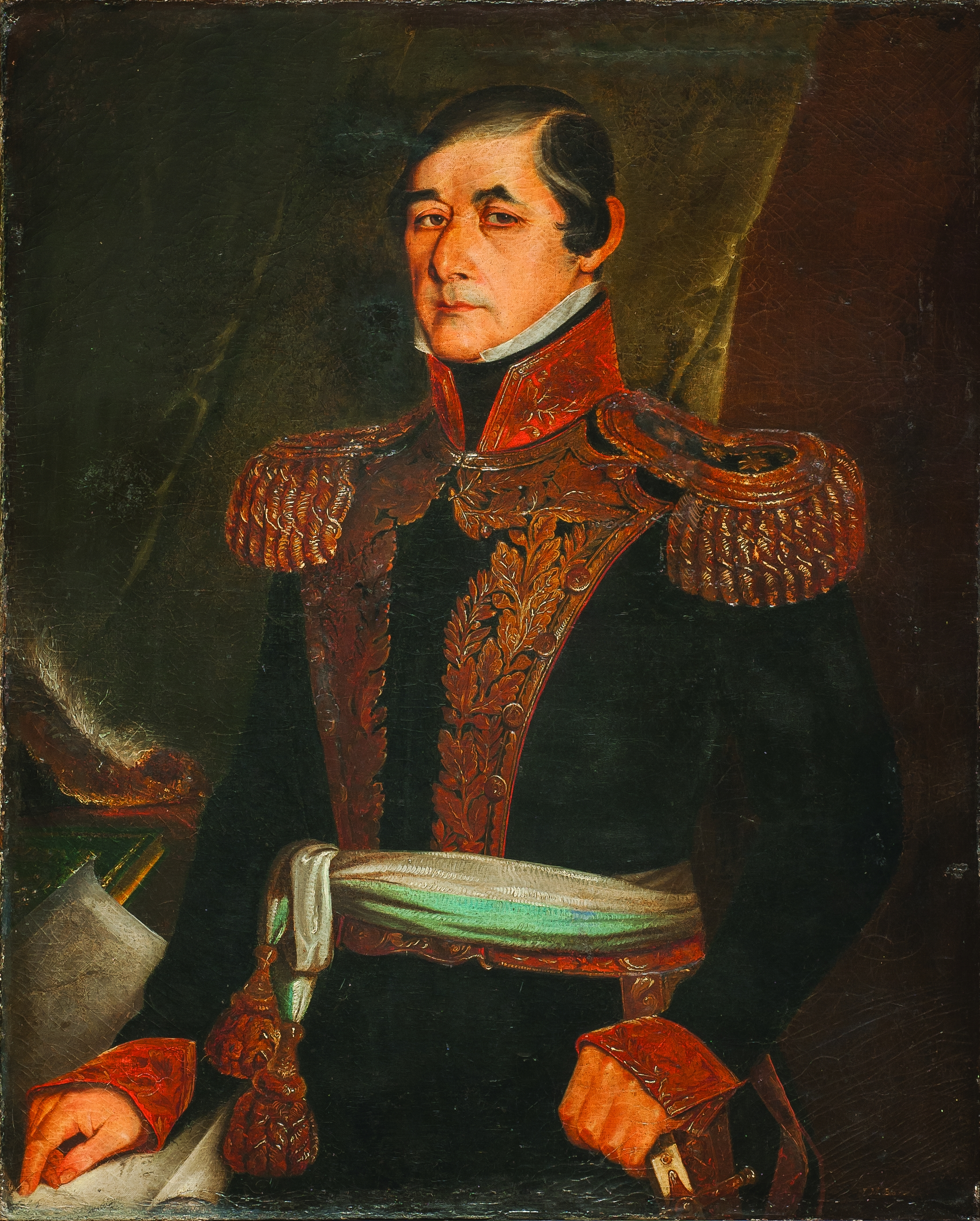|
Pietro Teulié
Pietro Teulié (3 February 1769 – 18 June 1807) was an Italian general who served in the Napoleonic Italy, Kingdom of Italy during the Napoleonic Wars. He was killed during the siege of the Kingdom of Prussia, Prussian fortress of Kołobrzeg, Kolberg. Biography He was born in Milan, the son of Filippo and Teresa Crippa. His father, a state officer, was the last descendant of a medium-class family from Languedoc, and tried to make him a lawyer, with scarce results. Early Service, 1796-1800 In 1796, when the French with Napoleon Bonaparte entered Milan, he joined the Carabinieri, National Guard of the Napoleonic Italy, Cisalpine Republic, as the second-in-command of Duke Gian Galeazzo Serbelloni. On 15 October he was moved to the Lombard Legion as head of battalion and ''aide-de-camp'' to the Mantuan general Giuseppe Lahoz Ortiz, and in this capacity served during the French invasion of the Papal State. At the Battle of Senio General Giuseppe Lahoz Ortiz, Lahoz was wounded and h ... [...More Info...] [...Related Items...] OR: [Wikipedia] [Google] [Baidu] |
Milan
Milan ( , , ; ) is a city in northern Italy, regional capital of Lombardy, the largest city in Italy by urban area and the List of cities in Italy, second-most-populous city proper in Italy after Rome. The city proper has a population of nearly 1.4 million, while its Metropolitan City of Milan, metropolitan city has 3.2 million residents. Within Europe, Milan is the fourth-most-populous List of urban areas in the European Union, urban area of the EU with 6.17 million inhabitants. According to national sources, the population within the wider Milan metropolitan area (also known as Greater Milan) is estimated between 7.5 million and 8.2 million, making it by far the List of metropolitan areas of Italy, largest metropolitan area in Italy and List of metropolitan areas in Europe, one of the largest in the EU.* * * * Milan is the economic capital of Italy, one of the economic capitals of Europe and a global centre for business, fashion and finance. Milan is reco ... [...More Info...] [...Related Items...] OR: [Wikipedia] [Google] [Baidu] |
Lombard Legion
The Lombard Legion (''Legione Lombarda''; ) was a military unit of the Cisalpine Republic which existed from 1796 until the Republic's fall in 1799; but despite the downfall of this sister republic, the Cisalpine troops continued to serve the First French Republic.See Battle of Trebbia (1799), Battle of Novi (1799) The Lombard Legion was the first Italian military department to equip itself, as a banner, with an Italian tricolor flag. History It was formed on 8 October 1796 by Napoleon Bonaparte, then commander of the Armee d'Italie. Its theoretical full strength was 3740 men made up of a hussar company, an artillery company and seven 500-man infantry cohorts (3 from Milan, 1 from Cremona and Casalmaggiore, 1 from Lodi, Lombardy, Lodi and Pavia, 1 from Como and 1 miscellaneous cohort of Italian nationalists, mainly from the Papal States and the Kingdom of Sicily). It was commanded by the former Milanese nobleman, general Trivulzio and included Ugo Foscolo and Vincenzo Cuoco among it ... [...More Info...] [...Related Items...] OR: [Wikipedia] [Google] [Baidu] |
The Channel
The English Channel, also known as the Channel, is an arm of the Atlantic Ocean that separates Southern England from northern France. It links to the southern part of the North Sea by the Strait of Dover at its northeastern end. It is the busiest Sea lane, shipping area in the world. It is about long and varies in width from at its widest to at its narrowest in the Strait of Dover."English Channel". ''The Columbia Encyclopedia'', 2004. It is the smallest of the shallow seas around the continental shelf of Europe, covering an area of some . The Channel aided the United Kingdom in becoming a naval superpower, serving as a natural defence against invasions, such as in the Napoleonic Wars and in the World War II, Second World War. The northern, English coast of the Channel is more populous than the southern, French coast. The major languages spoken in this region are English language, English and French language, French. Names Roman historiography, Roman sources as (or , ... [...More Info...] [...Related Items...] OR: [Wikipedia] [Google] [Baidu] |
Domenico Pino
Domenico Pino (8 September 1760 – 29 March 1826) was an Italian army officer. He served as General of Division in the Kingdom of Italy and in Napoleon's Grande Armée. Biography Pino was born in Milan, to Francesco and Margherita Lonati, a scion of a distinguished family. He attended the '' Collegio Gallio'' in Como and joined the army of the Duchy of Parma, serving as a captain in the cavalry. He enlisted as a grenadier in the Lombard Legion, formed by Napoleon as part of his Army of Italy in October 1796. Pino was promoted to command a battalion in the Legion only one month later. He was promoted to colonel on 25 February 1797, to brigadier general on 16 December 1798, and to General of Division in 1800, the highest rank in the Legion. His rapid rise was due to his outstanding service in Napoleon's Army of Italy. Captured at Ancona in 1799, he was released on his parole, and so missed the Battle of Marengo in 1800, but was recognised for his service in command of a di ... [...More Info...] [...Related Items...] OR: [Wikipedia] [Google] [Baidu] |
Minister Of War
A ministry of defence or defense (see American and British English spelling differences#-ce.2C -se, spelling differences), also known as a department of defence or defense, is the part of a government responsible for matters of defence and Military, military forces, found in Sovereign state, states where the government is divided into Ministry (government department), ministries or departments. Such a department usually includes all Military branch, branches of the military, and is usually controlled by a defence minister or secretary of defense. The role of a defence minister varies considerably from country to country; in some the minister (government), minister is only in charge of general budget matters and procurement of equipment, while in others they are also an integral part of the operational military chain of command. Historically, such departments were referred to as a ministry of war or department of war, although they generally had authority only over the army of ... [...More Info...] [...Related Items...] OR: [Wikipedia] [Google] [Baidu] |
County Of Tyrol
The (Princely) County of Tyrol was an Imperial State, estate of the Holy Roman Empire established about 1140. After 1253, it was ruled by the House of Gorizia and from 1363 by the House of Habsburg. In 1804, the County of Tyrol, unified with the German Mediatisation, secularised prince-bishoprics of Prince-Bishopric of Trent, Trent and Prince-Bishopric of Brixen, Brixen, became a crown land of the Austrian Empire. From 1867, it was a Cisleithanian crown land of Austria-Hungary. Today the territory of the historic crown land is divided between the Italy, Italian autonomous region of Trentino-Alto Adige/Südtirol and the Austrian state of Tyrol (state), Tyrol. The two parts are today associated again in the Tyrol–South Tyrol–Trentino Euroregion. History Establishment At least since King Otto I of Germany had conquered the former Kingdom of the Lombards, Lombard Kingdom of Kingdom of Italy (Holy Roman Empire), Italy in 961 and had himself crowned Holy Roman emperor in R ... [...More Info...] [...Related Items...] OR: [Wikipedia] [Google] [Baidu] |
Battle Of Marengo
The Battle of Marengo was fought on 14 June 1800 between French forces under the First Consul Napoleon Bonaparte and Austrian forces near the city of Alessandria, in Piedmont, Italy. Near the end of the day, the French overcame General Michael von Melas's surprise attack, drove the Austrians out of Italy and consolidated Bonaparte's political position in Paris as First Consul of France in the wake of his coup d'état the previous November. Surprised by the Austrian advance toward Genoa in mid-April 1800, Bonaparte hastily led his army over the Alps in mid-May and reached Milan on 2 June. After cutting Melas's line of communications by crossing the river Po and defeating '' Feldmarschallleutnant'' (FML) Peter Karl Ott von Bátorkéz at Montebello on 9 June, the French closed in on the Austrian Army, which had massed in Alessandria. Deceived by a local double agent, Bonaparte dispatched large forces to the north and the south, but the Austrians launched a surprise ... [...More Info...] [...Related Items...] OR: [Wikipedia] [Google] [Baidu] |
Giuseppe Lechi
Giuseppe ("Joseph") Lechi (5 December 1766 – 9 August 1836) was an Italian general in the Kingdom of Italy during the Napoleonic Wars. Biography Born in Aspes and being the first son of Faustino Lechi and his wife Doralice Bielli, the general Giuseppe Lechi was already considered a man of great light and shadows ("dark and gloomy"), reckless and unscrupulous similar to his uncle the Count Galliano Lechi, who was very dear, and a model, to Giuseppe. His grandfather Pietro was a famous Freemason and a follower of the Enlightenment. Born a subject of the Most Serene Republic of Venice, he undertook the military career in the Austrian army up to the rank of captain. On the arrival of Napoleon in Italy, influenced also by his brother Giacomo, Giuseppe organized with his other brothers Teodoro and Angelo and other friends – all of them members of the "Casino dei Buoni Amici" free-masonnic secret society – the Bresciana revolution of 18 March 1797. Giuseppe entered the temp ... [...More Info...] [...Related Items...] OR: [Wikipedia] [Google] [Baidu] |
Italian Legion
The Uruguayan Civil War, also known in Spanish as the ''Guerra Grande'' ("Great War"), was a series of armed conflicts between the leaders of Uruguayan independence. While officially the war lasted from 1839 until 1851, it was a part of armed conflicts that started in 1832 and continued until the final military defeat of the ''Blancos'' faction in 1904. Supporters of the two opposing presidents Rivera and Oribe formed two political parties: the Colorado Party and the National Party, both of which received backing and support from foreign sources, including neighboring Empire of Brazil, the Argentine Confederation, Buenos Aires Province as well as European powers, primarily the British Empire and the Kingdom of France, but also a legion of Italian volunteers including Giuseppe Garibaldi. The great diversity of nationalities among the military forces supporting the Colorado Party posed difficulties in arguing for their struggle in terms of a "national liberation"; instead, the C ... [...More Info...] [...Related Items...] OR: [Wikipedia] [Google] [Baidu] |
Castel Sant'Angelo
Castel Sant'Angelo ( ), also known as Mausoleum of Hadrian (), is a towering rotunda (cylindrical building) in Parco Adriano, Rome, Italy. It was initially commissioned by the Roman Emperor Hadrian as a mausoleum for himself and his family. The popes later used the building as a fortress and castle, and it is now a museum. The structure was once the tallest building in Rome. Hadrian's tomb The tomb of the Roman emperor Hadrian, also called Hadrian's mole, was erected on the right bank (or northern edge) of the Tiber, between 134 and 139 AD. Originally the mausoleum was a decorated cylinder, with a garden top and golden quadriga. Hadrian's ashes were placed here a year after his death in Baiae in 138, together with those of his wife Sabina, and his first adopted son, Lucius Aelius, who died in 138. Following this, the remains of succeeding emperors were also put here, the last recorded deposition being Caracalla in 217. The urns containing these ashes were probably placed i ... [...More Info...] [...Related Items...] OR: [Wikipedia] [Google] [Baidu] |
Ferrara
Ferrara (; ; ) is a city and ''comune'' (municipality) in Emilia-Romagna, Northern Italy, capital of the province of Ferrara. it had 132,009 inhabitants. It is situated northeast of Bologna, on the Po di Volano, a branch channel of the main stream of the Po (river), Po River, located north. The town has broad streets and numerous palaces dating from the Renaissance, when it hosted the court of the House of Este. For its beauty and cultural importance, it has been designated by UNESCO as a World Heritage Site. History Antiquity and Middle Ages The first documented settlements in the area of the present-day Province of Ferrara date from the 6th century BC. The ruins of the Etruscan civilization, Etruscan town of Spina, established along the lagoons at the ancient mouth of Po river, were lost until modern times, when drainage schemes in the Valli di Comacchio marshes in 1922 first officially revealed a necropolis with over 4,000 tombs, evidence of a population centre that in ... [...More Info...] [...Related Items...] OR: [Wikipedia] [Google] [Baidu] |






